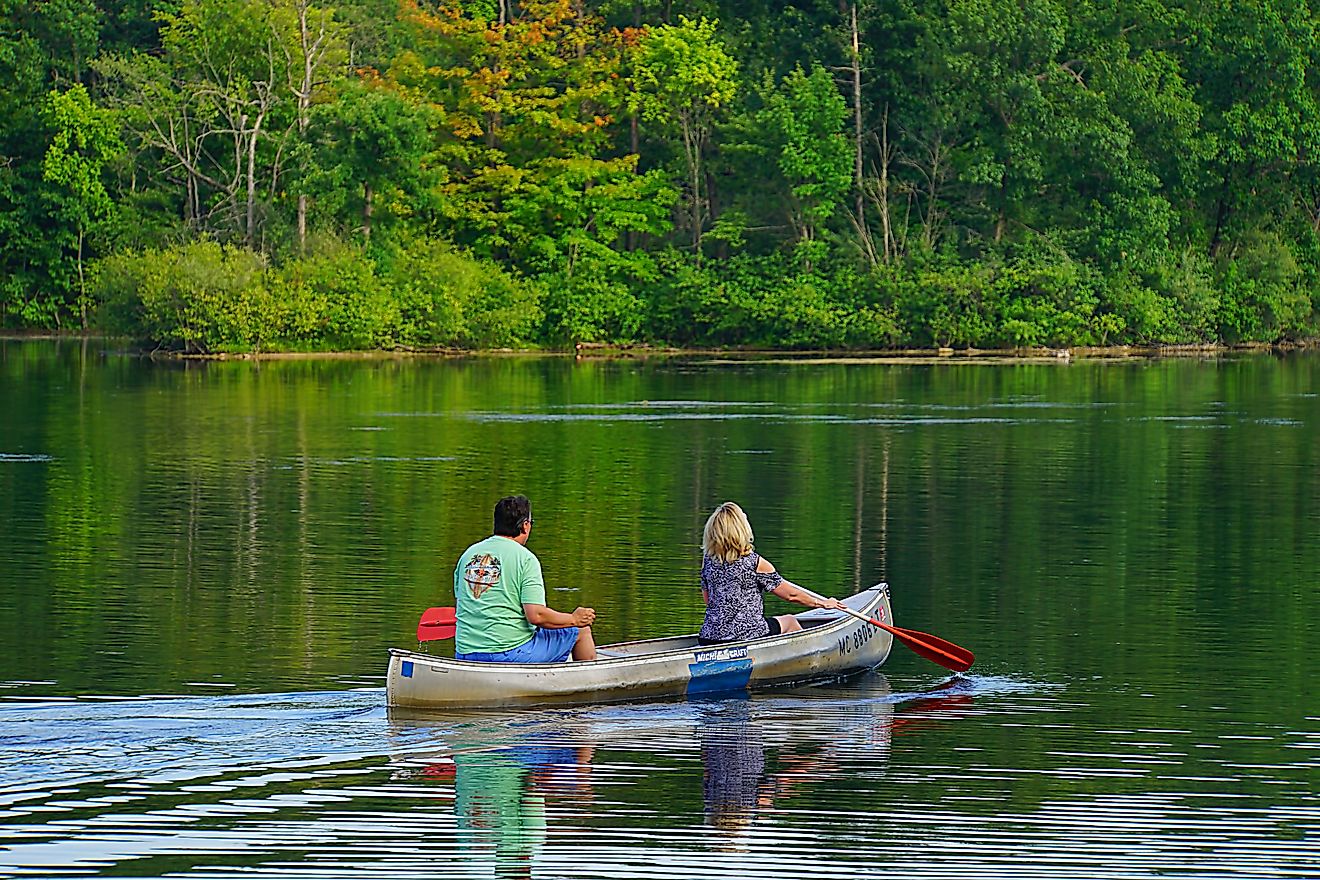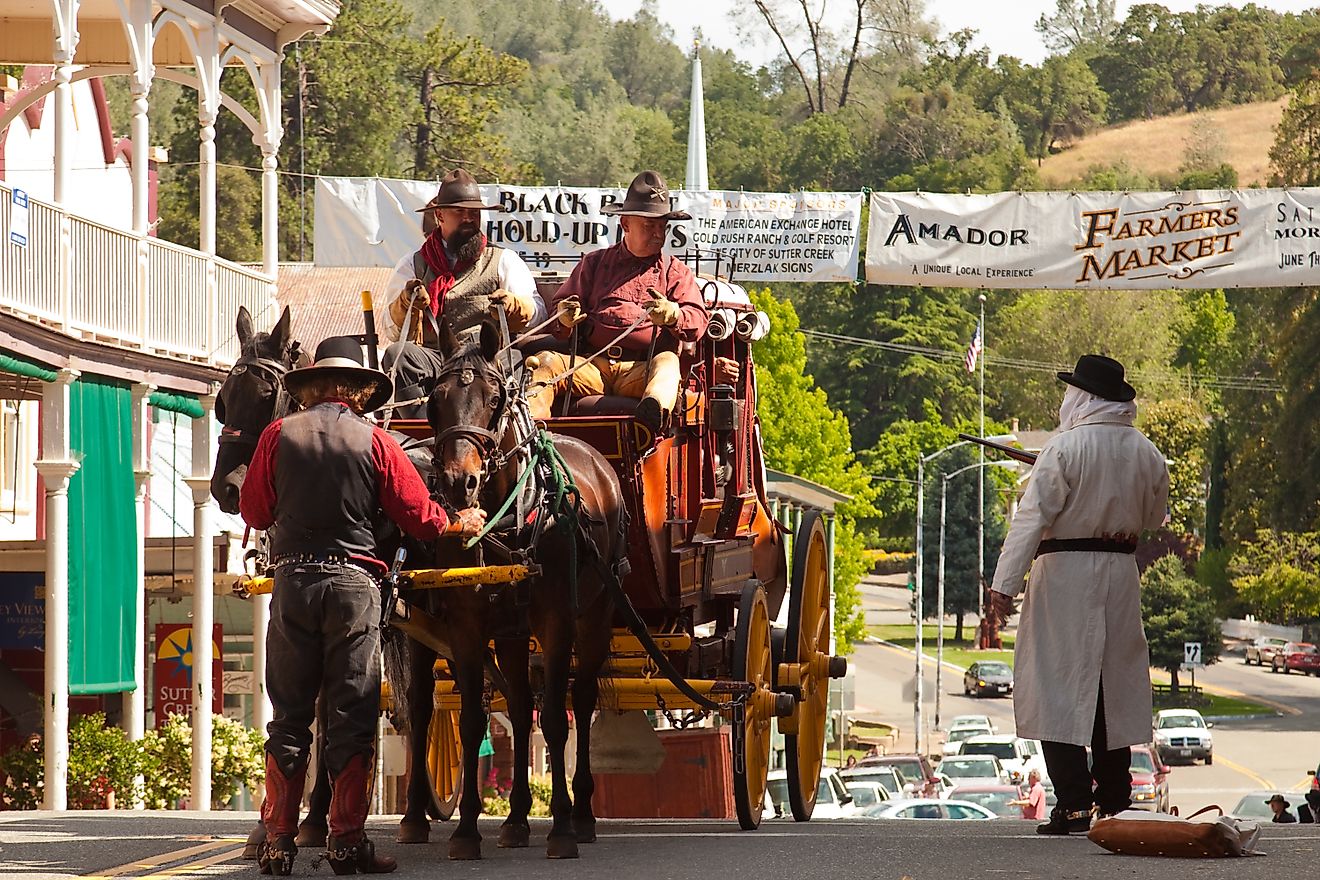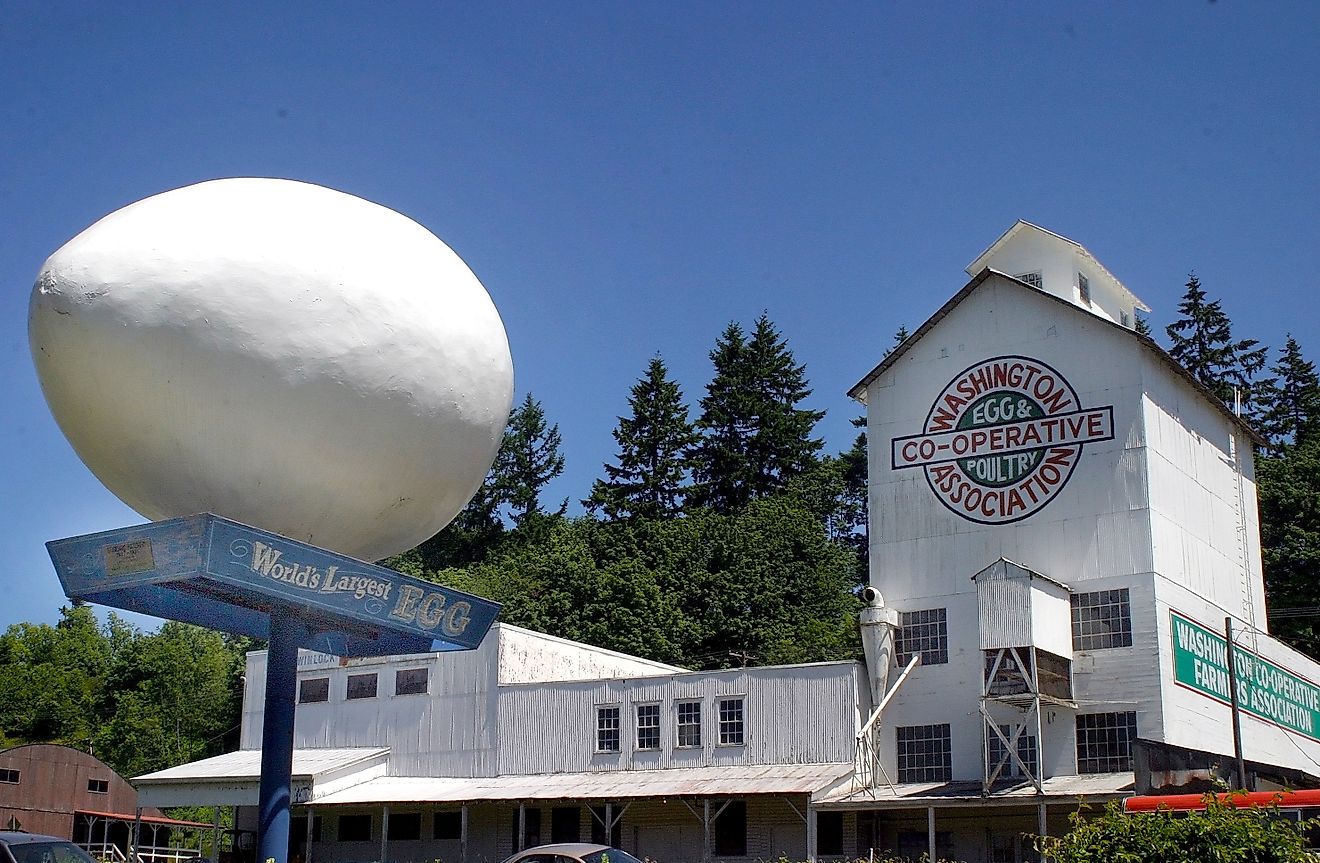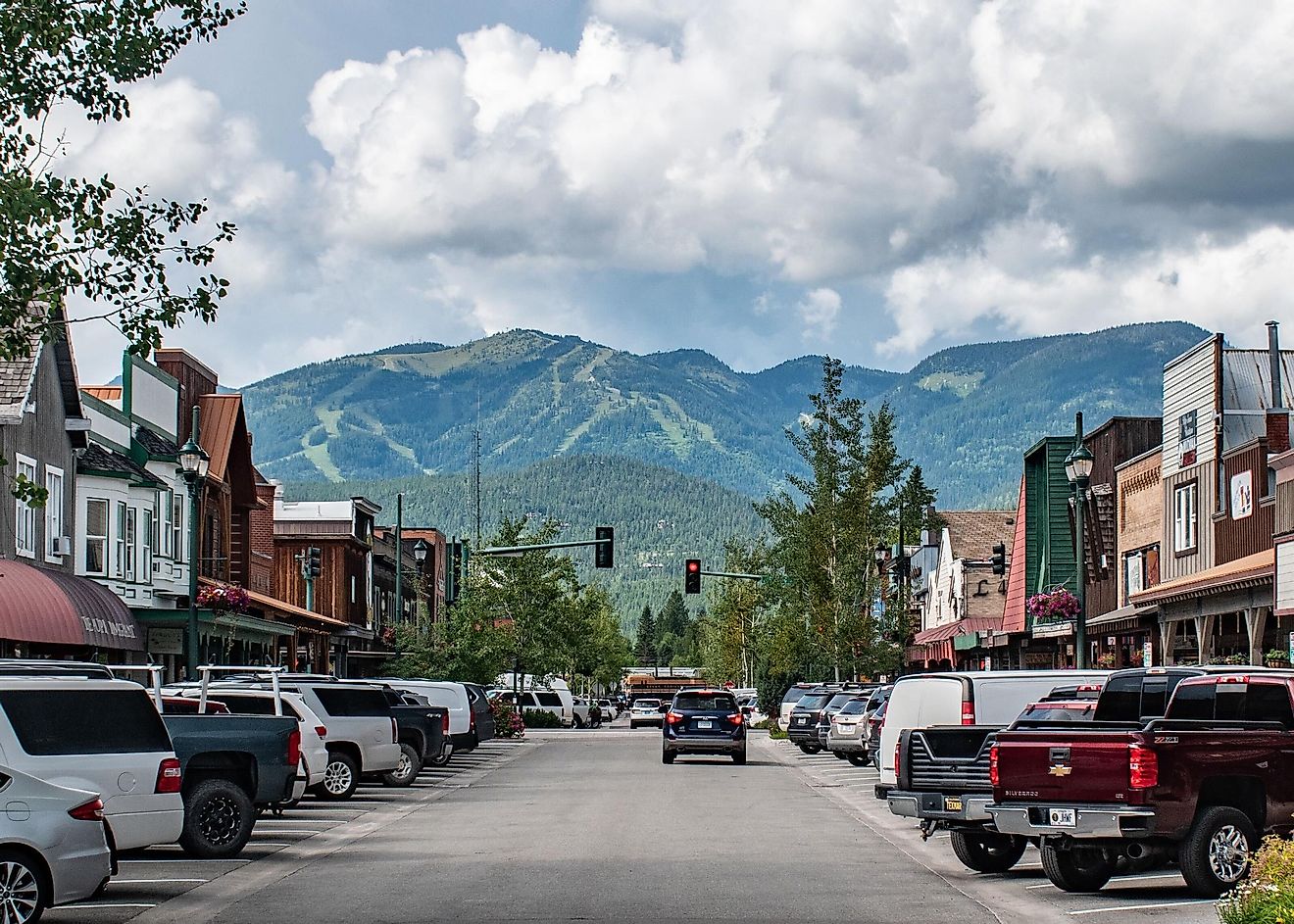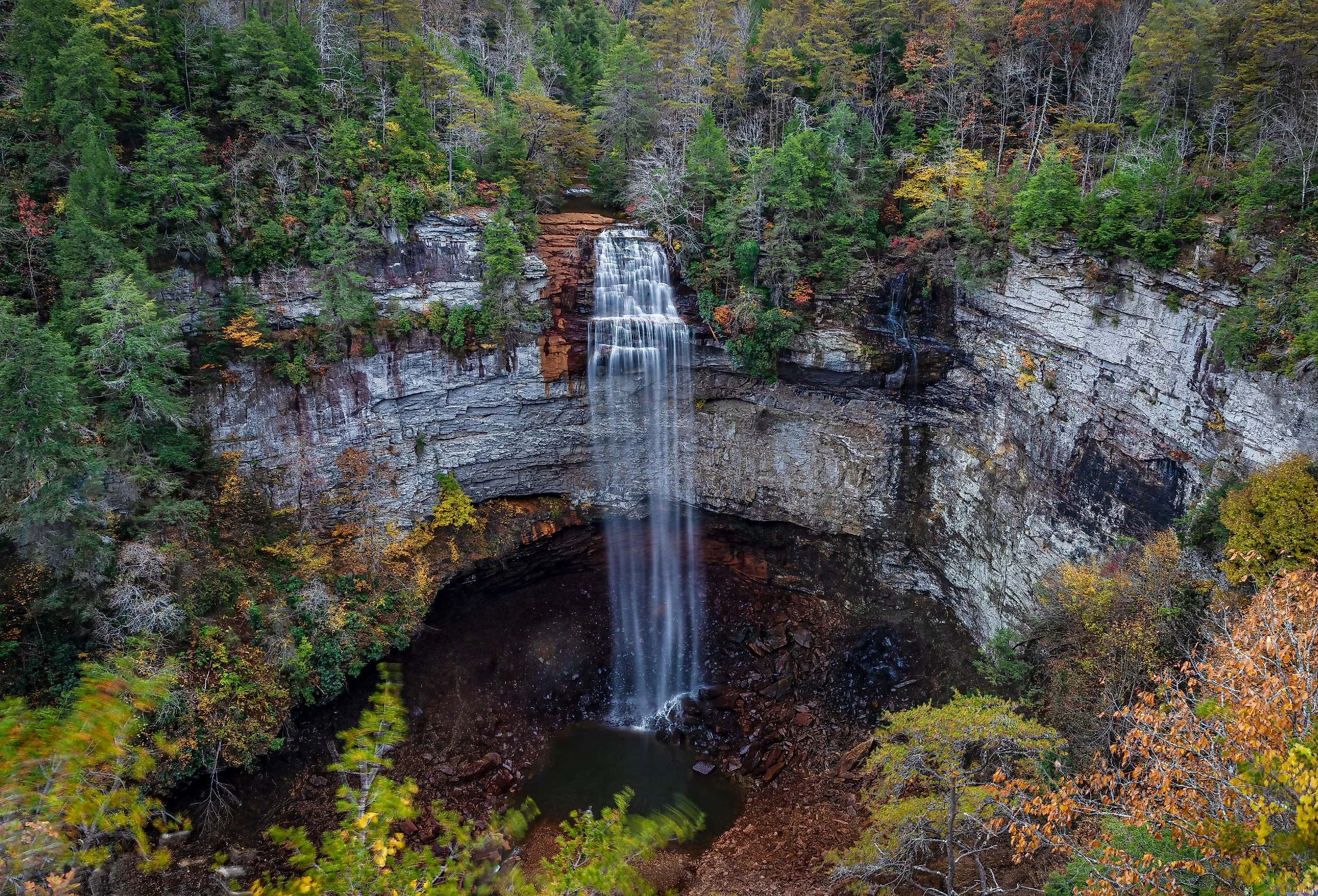
6 National & State Parks In Tennessee You Have To Visit
Tennessee is an extremely broad state, stretching from the Appalachian Mountains in the east to the Mississippi River in the west. It is bordered by Kentucky and Virginia in the north, North Carolina in the east, Georgia, Alabama, and Mississippi to the south, and Arkansas and Missouri to the west. Tennessee is divided into six natural regions: the Unaka Mountains, the Great Appalachian Valley, the Cumberland Plateau, the Central Basin, the Highland Rim, and, the Gulf Coastal Plain.
This diverse geographical topography across the state has resulted in many unique parks. Tennessee has 62 State Parks and one National Park. From scenic hikes through mountain valleys, panoramic viewpoints, cascading waterfalls, and wildlife viewing, these National and State Parks in Tennessee cannot be missed.
Great Smoky Mountains National Park
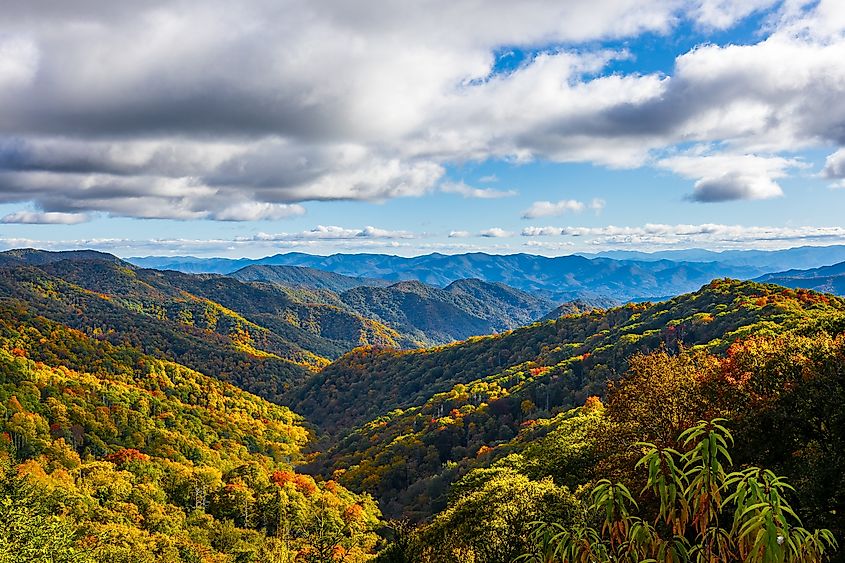
Great Smoky Mountains National Park sprawls 522,427 acres, divided almost evenly between Tennessee and North Carolina. It is the most visited National Park in the country, hosting over ten million visitors per year, more than the Grand Canyon, Yosemite, and Yellowstone combined. The park was established in 1934 to preserve the last remaining sizable area of southern primeval hardwood forest in the United States. It also contains some of the highest peaks in the Appalachian Mountains, including Kuwohi, the park’s highest peak.
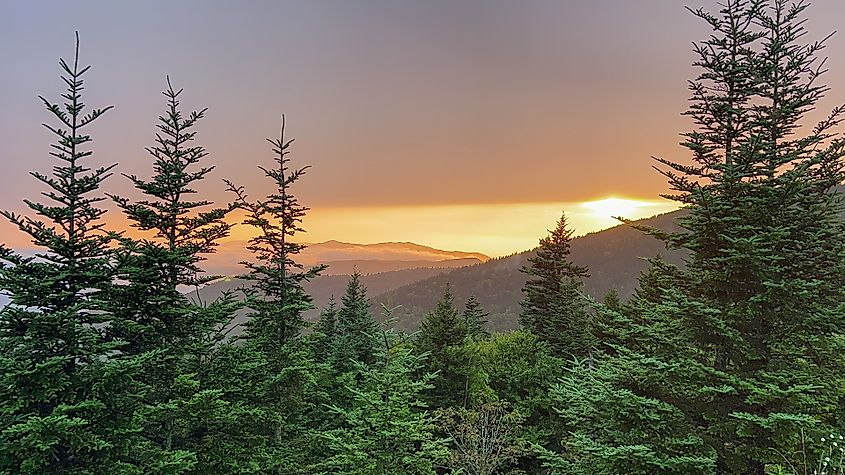
The park has more than 850 miles of hiking trails, and opportunities for fishing, camping, and horseback riding. A lot of the trails and outdoor opportunities are in the backcountry area of the park and may be affected by weather conditions, resulting in swollen streams, bridge washouts, downed trees, and trail erosion.
Great Smoky Mountains National Park is home to one of the largest collections of log cabins in the eastern United States. Over 90 houses, barns, outbuildings, churches, schools, and gristmills have been preserved in the park. They can be accessed at Cades Cove, Cataloochee, Oconaluftee, and along the Roaring Fork Motor Nature Trail.
Cumberland Mountains State Park
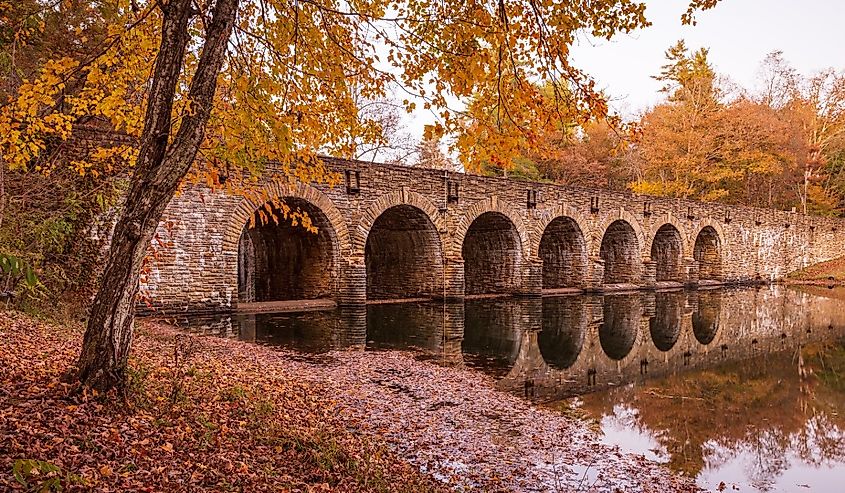
Cumberland Mountains State Park is situated on the Cumberland Plateau, a segment of the great upland, which extends from western New York to central Alabama. The park spans 1,720 acres and was acquired in 1938 to provide a recreational area for close to 250 families selected to homestead on the Cumberland Plateau.
The park is located around Byrd Lake and provides ample opportunities for hiking, swimming, picnicking, and interpretive programs. The park also offers numerous facilities for visitors, including a restaurant, indoor recreation hall, fully furnished cabins available for overnight stays throughout the year, more than 140 campsites for tents and RVs, and a 6,900-yard golf course.
Fall Creek Falls State Park
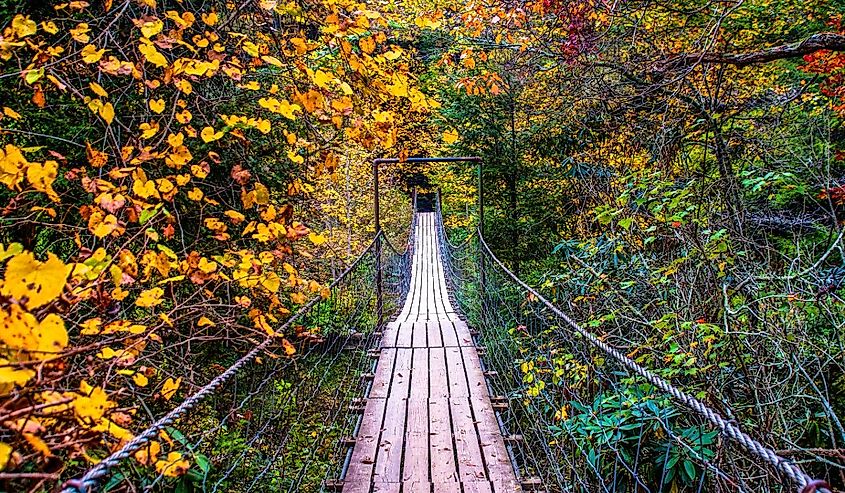
Fall Creek Falls State Park is one of the most visited and largest State Parks, sprawling more than 29,800 acres across the eastern top of the rugged Cumberland Plateau. Key natural features of the park are cascades, gorges, waterfalls, streams, and lush stands of virgin hardwood timber, and the waterfall the park shares a name with, Fall Creek Falls. It is the highest waterfall east of the Rocky Mountains, at 256 feet tall.
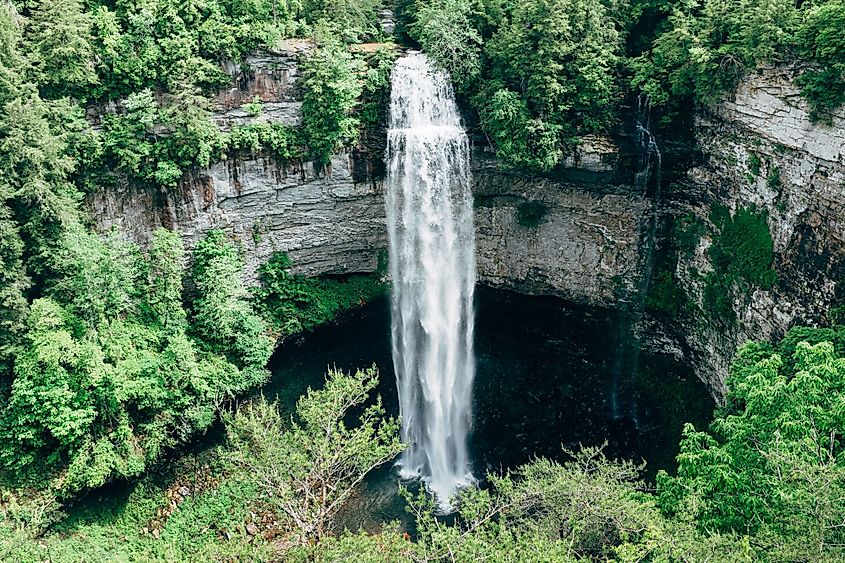
More than 56 miles of trails can be explored within the park, with hikes of varying length and difficulty depending on experience. There are short and long hikes around the lake and to the base of the waterfall, day-use trails, and two long-distance overnight trails. Accommodation within the park is provided at The Lodge Fall Creek Falls, which is equipped with 85 guest rooms overlooking Fall Creek Falls Lake. The lodge features a pool, an on-site restaurant, and opportunities to rent paddleboards and kayaks.
Rock Island State Park
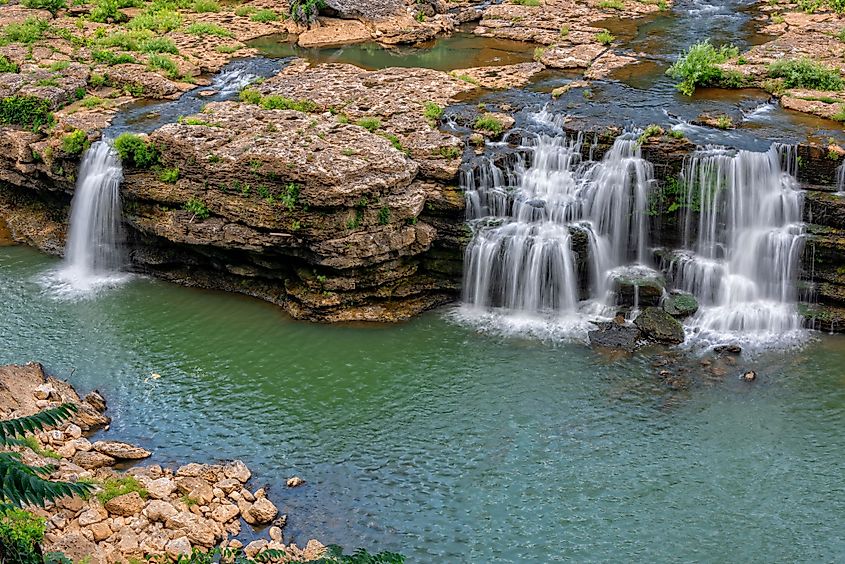
Rock Island State Park is an 883-acre park located on the headwaters of Center Hill Lake at the confluence of the Caney Fork, Collins, and Rocky Rivers. Its most well-known feature is the Caney Fork River Gorge, a popular location for hiking scenic trails, swimming, observing Great Falls, a 30-foot waterfall located below the 19th-century cotton textile mill that it powered more than 100 years ago.
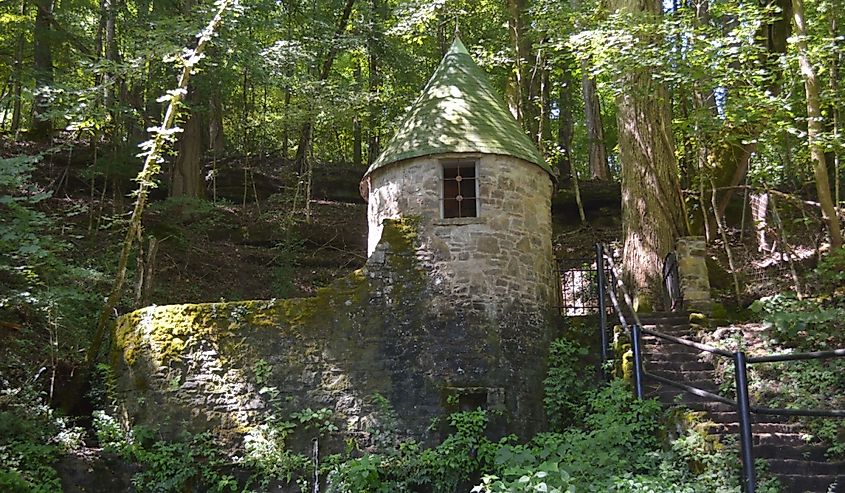
Recreational boating is a popular activity in the park. Several launch ramps are located at Center Hill Lake, and Caney Fork and Collins Rivers. Fishing and bird watching are also popular in the park, with Osprey, Belted Kingfisher, and Black-crowned Night Herons frequently seen. While there is no major lodge or hotel for accommodation, there are campsites and four picnic areas and four reservable pavilions equipped with tables, grills, drinking water, and restrooms.
Burgess Falls State Park
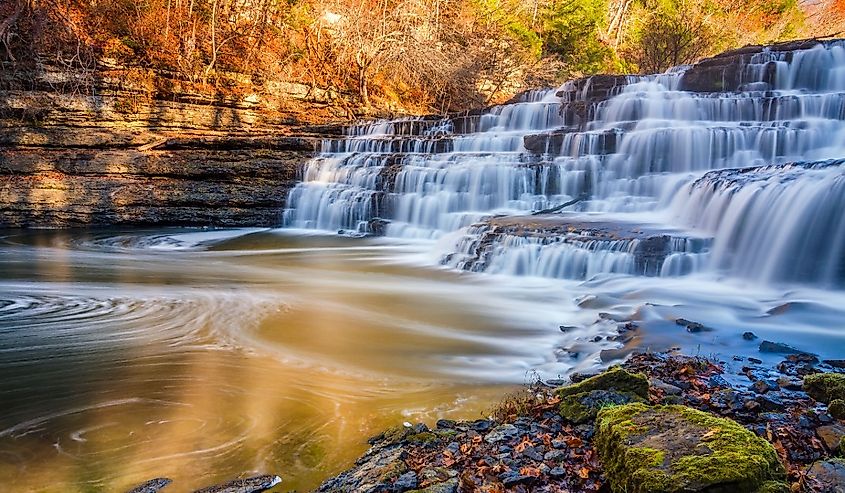
Burgess Falls State Park is situated on the Falling Water River. It is a day-use only park, with the most popular time to visit being spring through autumn, although it is open year-round. The key natural features of the park are four waterfalls that cascade down from over 250 feet in elevation. The falls are best viewed from the River Trail, a moderately strenuous loop that takes visitors past the four waterfalls: Cascades, Upper Falls, Middle Falls, and Lower Falls.
The park is most popular among hikers and fishers. The two main fishing sites are below the dam, the main waterfall along the bank, and at the fishing pier. Largemouth Bass, Smallmouth Bass, and bream are among the most common fish that are caught in the waters. Unfortunately, there are no public boat ramps, no areas for kayak or canoe access, and swimming is not permitted.
Norris Dam State Park
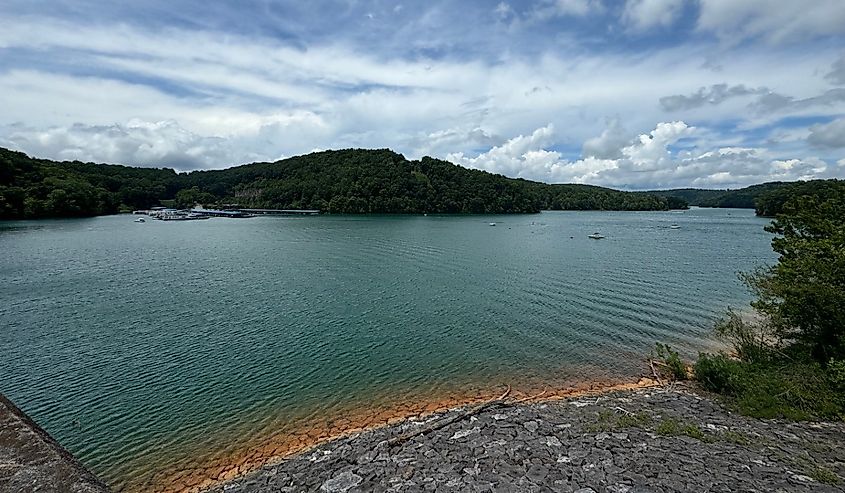
Norris Dam State Park encompasses more than 4,000 acres on Norris Reservoir and is conveniently located 30 minutes away from downtown Knoxville. Norris Dam began construction in 1933 in order to control flooding and bring electricity and economic development to the Tennessee Valley. The park boasts more than 800 miles of shoreline and offers recreational boating, skiing, fishing, hiking, birding, biking, and horseback riding. There are three separate trail systems at the park, on both sides of Norris Lake, providing 20 miles of multi-use trails.
There are different forms of accommodation within the park, including 19 historic Civilian Conservation Corps cabins, 10 deluxe cabins, two campgrounds totaling 75 campsites, and one primitive site for tents only. There is a fully equipped marina with a boat ramp available to the general public, and the opportunity to rent houseboats and pontoon boats.
It is obvious from the diverse natural landscape throughout Tennessee that there is plenty to explore within the National and State Parks throughout the state. From cascading waterfalls, miles of scenic hiking trails, towering peaks, opportunities to recreate on the water, and cozy accommodations secluded in nature, there is something for everyone. Look no further, Tennessee’s parks are waiting to be explored.




